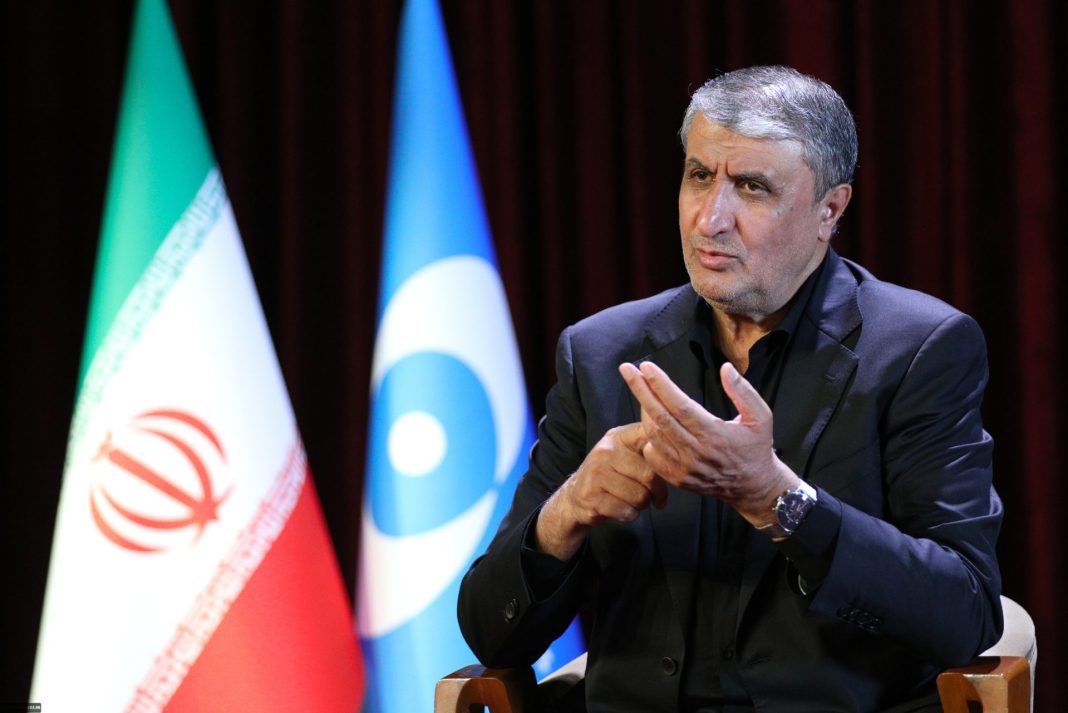Eslami, who also serves as vice president, stated that Iran has entered the “third phase” of nuclear development, achieving industrial-scale uranium enrichment and mastering the full nuclear fuel cycle.
He said over the past three years, the country has recorded 150 nuclear-related achievements, including expanded enrichment capabilities, with indigenous centrifuge production now operating at an industrial level.
Breakthroughs were also made in radiopharmaceuticals, including three new cancer-treatment drugs that Eslami pointed out are among the world’s first.
He also said Iran remains committed to its long-term goal of 20,000 megawatts of nuclear power capacity by 2041, with the Bushehr plant already generating 7 billion kilowatt-hours annually.
Eslami confirmed that IAEA Director General Rafael Grossi will visit Tehran later this month, though the agenda remains unsettled.
He stressed that 120 IAEA inspectors are currently approved to monitor Iran’s nuclear sites, calling their access “unprecedented in scope.”
However, he said that the West is distorting IAEA reports for political leverage, particularly as the tenth year of the JCPOA nuclear accord approaches, when nuclear-related UN sanctions are set to expire under the deal’s terms.
As for the nuclear talks between Iran and the US scheduled for Saturday, the nuclear chief dismissed demands for zero enrichment as a ‘joke’ and rejected any comparison to Libya’s disarmament model, vowing Iran would never dismantle its nuclear infrastructure.
